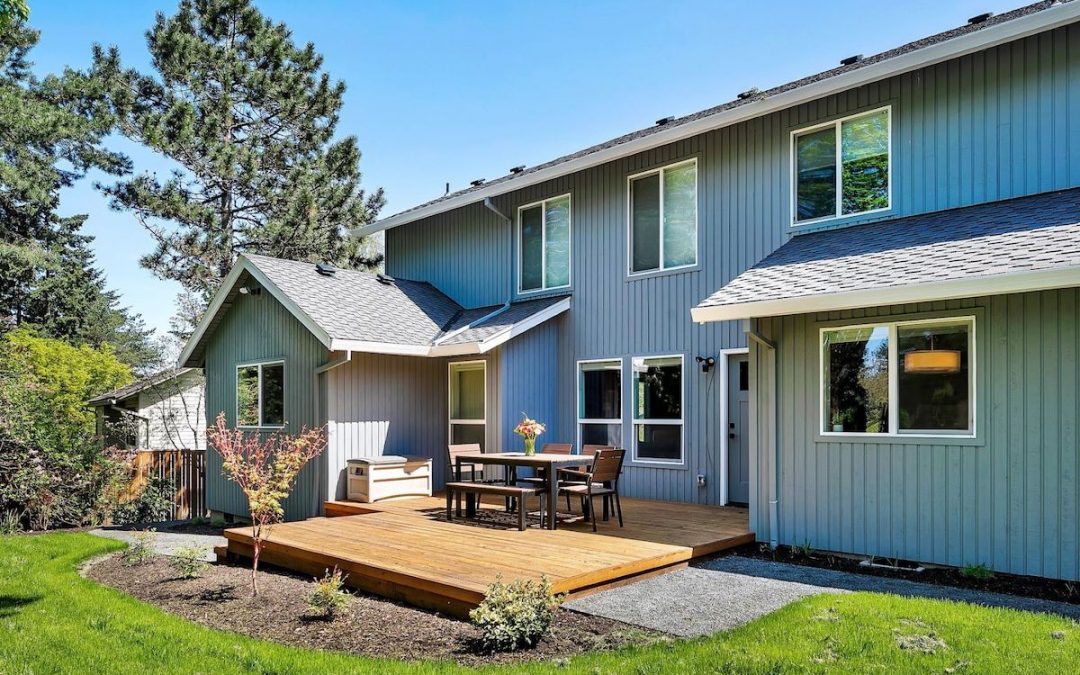Siding or wall cladding is the protective material that is attached to the exterior side of a wall. Along with the roof, it forms the first line of defense against weather elements such as sun, snow, rain, winds, etc., thus creating a stable, more comfortable environment for the interior of the building. The type of siding material used and the finishing determine the look and feel of the sidings.
Vinyl siding
The low cost, versatility, and ease of vinyl side maintenance have made it the most popular side option in the USA. While the “plastic look” turns off certain design professionals and homeowners, the variety of colors and styles available explain the popularity of this siding.
This is an option for those looking for a do-it-yourself product that requires few instruments to install and is available in home improvement stores. Because errors can be expensive, follow the manufacturer’s instructions and take advantage of online videos.
Wood siding
Wood siding is commonly used for outdoor bungalows, cottages, and caps. Wood siding has a sturdy look and remains durable when properly maintained. If you are attracted to this look, be aware that it requires periodic maintenance, including calibration, painting, or staining, to prevent damage from the weather. Your rich wood siding can last between 10 and sometimes 100 years, depending on the maintenance.
Wood siding comes in clapboard, shakes, and shingles (also known as the lap or bevel siding). The siding of a clapboard is mounted horizontally on boards of wood, with the top piece overlapping the lower part.
Brick siding
Original brick made of fired clay is available in different sizes and textures. Brick is commonly found on the outdoor colonial, Tudor, and English houses, offering an excellent look, which has remained a test of time for hundreds of years. These days, the brick siding is usually a furnace built outside a wood-frame structure, where the bricks are held together by the mortar.
The membrane installed between the brick veneers and the house can protect the structure because water can penetrate brick veneers. Brick siding can last for many years in your home under normal conditions and when correctly installed. Bricks are labor-intensive so the cost may be higher than other siding options.
Fiber-Cement siding
The fiber-cement side has become popular as a side choice for many homeowners, offering the look of steel, Stucco, or wood at lower costs. The cement siding is poorly maintained, non-flammable, and termite resistant. Factory painting and finishings are highly recommended in a variety of styles and textures.
Stucco sidings
The sand, portland cement, lime, and water building are traditional Stucco. Before Stucco is added to create an excellent base of Stucco and protect the walls below, waterproof barrier paper and galvanized-metal proof are applied to wood walls. Although Stucco can be used in steel and stone surfaces homes, the Mediterranean, ranch, and Spanish mission exterior have a classic look.
Because of the rigidity of Stucco, careful installation can help minimize the risk of unwanted cracks. Stuccos can last the lifetime of the house when correctly installed and maintained.
Stones siding
The natural beauty and durability of stones like granite and limestone materials appeal to the house owners. They want a siding that adds texture and external visual interest. Because stone is more costly than other facilities — and it can be challenging to add to an existing home — cost concerns should be considered.
Siding in natural and synthetic materials is lightweight and less expensive than natural stone. You can find numerous styles to improve the appeal of your home. Annual cleaning with a pad and siding inspection helps to ensure that it is long-lasting.
Conclusion
Siding offers you an excellent way for your house to add color and definition. Today, there are many options for creating the perfect façade and for making a careful choice. You also wish to consider the material durability, water resistance, ease of installing, and versatility, although esthetics are always important.

